The human brain is incredibly intricate. With billions of neurons, our brains are responsible for our thoughts, actions, and feelings. And if injury or imbalance occurs, it can lead to a number of symptoms associated with mental health disorders and brain-based conditions. To effectively treat those disorders and conditions, you need to identify the areas of the brain that aren’t functioning the way they should. How do you do that? With neurofeedback treatment. Here’s your guide to neurofeedback in DTC.
What is brain mapping?
Brain mapping is exactly what it sounds like! It is a procedure that allows you to visualize the inside of your brain and identify irregular brainwaves that are responsible for causing your neurological issues.
This information is collected by placing electrodes on the scalp in very specific positions. This measurement method uses an electroencephalogram, or EEG for short, which measures the electrical activity in your brain. The findings during a qEEG brain map help create a baseline for your clinician to measure neurological activity against.
Keep in mind that brain mapping is an entirely passive therapy. Electrical stimulation is not administered during this treatment – the electrodes are only used to measure brainwave activity. The data found is then used to guide a personalized treatment plan for your disorder or condition.
Who can benefit from brain mapping therapy?
Just about anyone can find some benefit from a brain map! Even if you don’t struggle with a specific condition or disorder, learning more about your brain and training it to function more optimally can help improve your overall cognitive performance.
That said, people who do struggle with mental health disorders, brain injuries, and neurological conditions can benefit most from this therapy. Here at Braincode Centers, we use brain mapping and neurofeedback to treat anxiety, depression, insomnia, concussions, TBIs, memory loss, and more.
Once you have completed your brain map, your healthcare provider will outline a neurofeedback training program that will work to address irregular brainwave frequencies.
How does neurofeedback work?
Similar to brain mapping, neurofeedback involves the placement of electrodes on your scalp. This time though, you will actively work to keep your brainwave frequencies within optimal ranges. To do this, you’ll choose a movie, song, or video game that will serve as your “positive reward.”
When your brainwaves are within regular ranges, the movie, song, or video game will play. When those brainwaves fall outside of regular ranges, the movie, song, or video game will stop, signifying that you need to work to regulate your brainwaves.
Eventually, this will become second-nature. Once this occurs, your brain will naturally respond better to specific stimuli and your symptoms will be alleviated. While neurofeedback is not necessarily a “cure,” it does help many people find long-lasting relief from the symptoms they’ve been experiencing.
Learn more about neurofeedback in DTC
If you think you could benefit from brain mapping therapy in Denver, reach out to us today at Braincode Centers. We start all of our neurofeedback patients with a qEEG brain map so that we can take a hyper-personalized approach to each treatment plan.
What are you waiting for? Contact us today to schedule a free consultation for neurofeedback in DTC.




